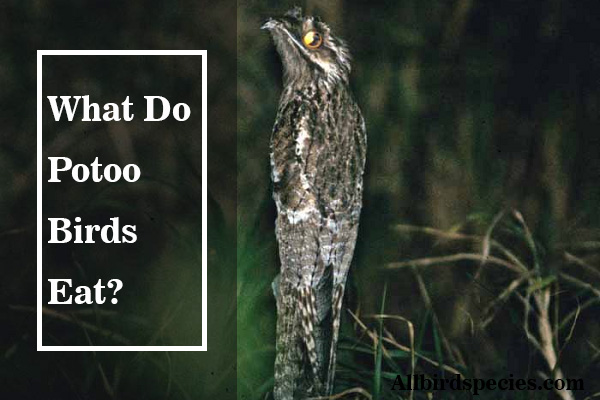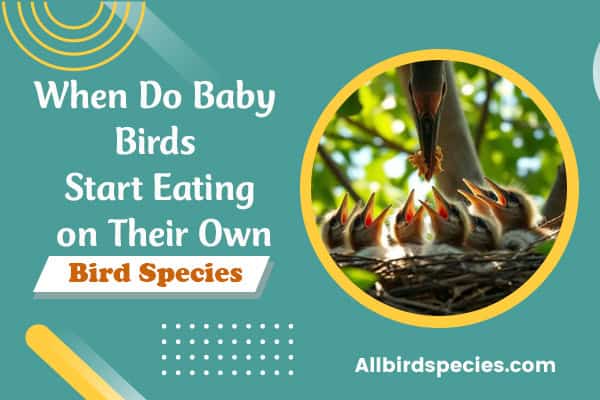Easter Egger Rooster Vs Hen: Key Differences
Are you curious about the key differences between Easter Egger Rooster Vs Hen? We’re here to explore the unique traits of these colorful chickens. We’ll look at both physical and behavioral differences. This knowledge is crucial for caring for and enjoying these special birds.
What sets an Easter Egger rooster apart from a hen? Join us as we delve into the fascinating differences that make this breed stand out.
What Are Easter Egger Chickens?
Easter Egger chickens are a special breed that many backyard chicken lovers enjoy. They are not an official breed but are known for laying colorful eggs. These eggs can be blue, green, pink, or brown.
Origin and Popularity
The Easter Egger’s story starts with mixing different chicken breeds, like the Araucana and Ameraucana. This mix led to a breed that is both diverse and eye-catching. Today, these chickens are more popular than ever, thanks to their colorful eggs.
People love their eggs so much that they look for them in local markets and specialty stores.
Physical Characteristics
Easter Egger chickens are medium-sized and strong. They have a single comb and come in many colors and patterns. Each chicken is unique, with eggs in shades of blue, green, or brown.
Here are some interesting facts about Easter Egger chickens:
- They have a 75-95% chance of laying blue or green eggs
- Up to 25% of hens may lay peach or brown eggs
- Roosters weigh about 5 pounds, hens about 4 pounds
- They live 5 to 8 years, longer than most chickens
Easter Egger chickens are loved for their looks and colorful eggs. Their unique traits and vibrant colors make them a favorite among backyard chicken keepers.

Distinguishing Easter Egger Roosters from Hens
It can be hard to tell if your Easter Egger is a rooster or a hen. They look quite similar. But, by watching their looks and actions, we can tell them apart. Let’s look at the main differences between Easter Egger roosters and hens.
Rooster Traits
Easter Egger roosters have some key features that make them stand out. They have bigger, more noticeable combs and wattles on their heads and necks. Their neck and saddle feathers are also longer and more pointed. Their tail feathers are longer and more striking.
Roosters are more vocal and aggressive than hens. They flap their wings and make loud sounds to show they’re in charge and to find mates.
Hen Traits
Easter Egger hens look different from roosters. They have smaller combs and wattles, and their feathers are shorter and more alike. Hens are calmer and less aggressive than roosters. They don’t crow or show off like roosters do.
One thing hens do is mimic a rooster’s crowing. This is called “hen-uary.” It shows a hen is leading the flock, especially when there’s no rooster around.
| Trait | Easter Egger Roosters | Easter Egger Hens |
|---|---|---|
| Comb and Wattles | Larger and more prominent | Smaller and less pronounced |
| Neck and Saddle Feathers | Pointed and elongated | Shorter and more rounded |
| Tail Feathers | Longer and more dramatic | Shorter and less pronounced |
| Behavior | More vocal, aggressive, and engaged in courtship displays | Calmer and less aggressive, may mimic rooster’s crowing |
By paying attention to these differences, you can tell Easter Egger roosters from hens. This helps you manage your flock better and understand their social structure.
Easter Egger Rooster Vs Hen
Easter Egger roosters and hens show big differences in looks, behavior, and egg production. Roosters are bigger and more protective, with eye-catching combs and wattles. Hens are smaller, quieter, and focus on laying colorful eggs.
Roosters stand out with their vibrant feathers, large combs, and long tails. They weigh about 6.5 lbs, while hens are around 5.5 lbs. Pullets are 4.5 lbs, and cockerels are 5.5 lbs.
Roosters are more dominant and loud, while hens are quieter and more calm. This can affect your choice for your backyard. Roosters protect the hens but can be hard to manage because of their aggressive nature.
| Trait | Rooster | Hen |
|---|---|---|
| Size | Larger, around 6.5 lbs | Smaller, around 5.5 lbs |
| Feathers | Brighter and more pronounced | Duller and less pronounced |
| Combs and Wattles | Larger and brighter | Smaller and duller |
| Tail Feathers | Longer and more pronounced | Shorter and less pronounced |
| Temperament | More dominant and vocal | Quieter and more reserved |
Hens lead in egg production. They lay colorful eggs like blue, green, and pink. Easter Egger hens produce 200-280 eggs a year, making them great layers.
Choosing between an Easter Egger rooster or hen depends on your needs and preferences. Roosters protect well but hens are better for eggs and a peaceful yard.
Temperament and Egg Laying Habits
Easter Egger chickens are known for being friendly and calm. They are great companions, especially for families with kids. Easter Egger roosters can be loud and protective, but they are still easy to manage. Hens are calmer and more laid-back.
Rooster Behavior
Easter Egger roosters act as guardians for their flock. They crow a lot to warn others of danger. But, they are not too hard to handle and can be trained to be gentle.
Hen Egg Production
Easter Egger hens lay a lot of eggs, about 200 to 280 each year. Their eggs come in many colors like blue, green, pink, and purple. This makes their eggs stand out.
88% of Easter Egger owners would keep them again. They love these chickens for their friendly nature, steady egg laying, and beautiful eggs. It’s clear why Easter Eggers are popular in many backyards.
| Trait | Easter Egger Roosters | Easter Egger Hens |
|---|---|---|
| Temperament | More vocal and assertive in protecting the flock | Generally calmer and more reserved |
| Egg Production | N/A | Approximately 200-280 eggs per year |
| Egg Colors | N/A | Blue, green, pink, purple, and more |
Caring for Easter Eggers
To keep your Easter Eggers healthy and happy, focus on their housing, nutrition, and care. These birds are tough and adaptable, perfect for backyard flocks with the right care.
Housing Requirements
Easter Eggers need a clean, well-ventilated coop with at least 4 square feet per bird. They should have a roosting area 6 inches off the ground. A secure outdoor run lets them forage and explore safely.
The coop should have windows that open and close for airflow and protection. This setup keeps them safe from the weather.
Feeding and Health
Feed your Easter Eggers a balanced diet of high-quality layer feed. Add kitchen scraps and make sure they always have fresh water. They can lay up to 280 eggs a year, so a good diet is key.
These birds are usually healthy but can face issues like parasites, breathing problems, and stomach troubles. Regular vet visits and good care keep them in great shape.
“Easter Eggers are not recognized as a breed but are more of a barnyard mix. They can lay eggs in various colors that remain consistent throughout their lifetime.”
Give your Easter Eggers the right housing, food, and health care for a thriving flock. Their beautiful eggs and friendly nature make them a joy to have in any backyard or small farm.
Read Our Previous Articles
| White Birds with Long Beaks |
| Two Birds on a Wire Meaning |
| Woodpeckers in Florida |
| Birds Fighting or Mating: How to Tell the Difference |
| Types of Tit Birds |
Final Thought on Easter Egger Rooster Vs Hen
Easter Egger chickens are a unique and sought-after breed. They are known for laying eggs in many colors. Adding an Easter Egger rooster or hen to your flock brings joy and lots of eggs.
Understanding the differences between roosters and hens helps us choose the right one for our needs. Roosters are bigger and more aggressive, while hens are friendly and lay more eggs. The choice depends on what you want for your flock.
As we finish our look at Easter Eggers, it’s clear they’re great for any backyard or small farm. They have bright feathers, lay colorful eggs, and are very friendly. If you like chickens, think about getting Easter eggs. They will bring lots of joy to your flock.






